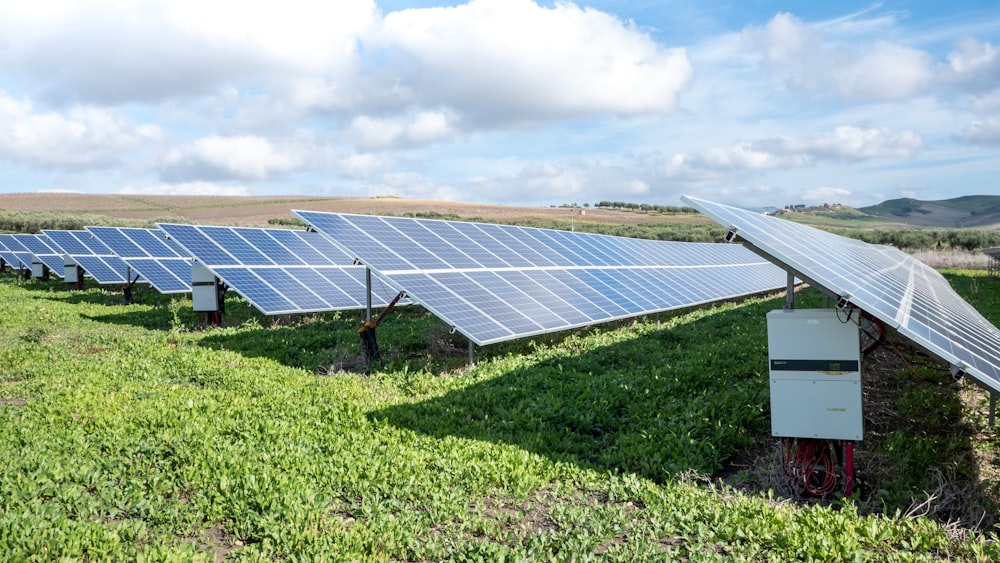
Potential of Renewable Energy in Africa
Africa is undergoing a period of speeding up economic growth and transformation in response to global pressures and demands. The availability of energy is a fundamental requirement for Africa to foster and harness its sustained growth and achieve economic and social development. The International Renewable Energy Agency has estimated that by 2050, the continent will be home to at least 2 billion people, almost double its current population. The rapidly increasing populace has led to power production capacities in Africa failing to meet current levels of consumption and demand. The deficiency in the supply of power across African nations is likely to hinder the continent’s drive to achieve its economic growth projections.
As Africa labours for sustainability through dependency on costly and polluting energy generation, global efforts to eradicate reliance on finite fossil fuels have ushered renewable sources of energy into the spotlight. Renewable energy is clean, non-depletable and has a much lower environmental impact than conventional energy sources. It guarantees sustainable future energy supplies and could help Africa achieve its economic objectives. The growth in using renewable resources on a global scale has led the cost of associated technology to fall dramatically.
Historically, hydropower has been the most commonly used renewable source of energy in Africa. However, given climate change, hydropower generation has become very unpredictable as droughts continue to sweep across the continent. According to statistics provided by the African Development Bank in 2017, Africa’s untapped hydroelectric energy potential is estimated at 350 GW. Total theoretical potentials for solar and wind energy in the whole of Africa are estimated at around 470 Petawatt hours (PWh), 660 PWh, and 460 PWh for concentrated solar thermal power (CSP), concentrated photovoltaic (PV) and wind respectively.
For both CSP and PV, Eastern Africa has the highest potential (175 PWh and 220 PWh, respectively), followed by Southern Africa (150 PWh and 160 PWh respectively). Northern Africa has a potential of about 100 PWh for both PV and CSP. Western Africa is endowed with good PV potential but limited CSP potential because of less direct irradiation and higher “solar fluctuations”. Central Africa has a relatively small potential for both CSP and PV compared with other regions. Countries with the highest PV and CSP potentials include Algeria, Egypt, Namibia, South Africa, Sudan and Tanzania.
Regarding wind energy potential, again Eastern Africa (170 PWh) presents the highest potential, followed by Northern Africa (130 PWh), Southern Africa (110 PWh). Western Africa (40 PWh), and Central Africa (10 PWh). It is important to note that most of the wind energy potential (around 85% of the total) corresponds to capacity factors between 20% and 30%, with potentials for projects with capacity factors over 30% being significantly lower. Algeria, Egypt, Somalia, South Africa and Sudan are among the countries with the highest wind energy potential.
The Infrastructure Consortium for Africa and the United Nations Environment Program has an estimated potential of 20,000 MW of geothermal energy across Eastern Africa. Kenya is currently the largest geothermal energy producer in Africa. The East African nation has successfully harnessed its geothermal capabilities, generating about 630 MW, with nearly 400 MW of that production coming online since 2014.
These potentials also show that, although the five African regions have relatively similar areas, their overall potential for renewable energy sources is relatively different. This indicates that the regions need different strategies to develop their resources.
